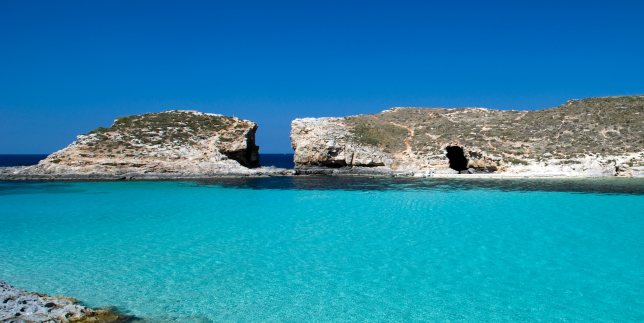Malta has a long history of providing publicly funded health care. Malta has both a public healthcare system, known as the government healthcare service, where healthcare is free at the point of delivery, and a private healthcare system. Malta has a strong general practitioner-delivered primary care base and the public hospitals provide secondary and tertiary care.
Malta was ranked fifth worldwide, in the World Health Organization's ranking of the world's health systems, compared to the United States (at 37), United Kingdom (at 18) and Canada (at 30). The healthcare system in Malta closely resembles the British system, as healthcare is free at the point of delivery.
Hospitals; The Mater Dei Hospital, inaugurated in November 2009, is Malta's primary hospital, and one of the largest, most modern and well equipped medical buildings in Europe. Apart from this main hospital, a number of other government hospitals in Malta include:
o Sir Paul Boffa Hospital - an oncology hospital in Valletta
o St Vincent De Paule Hospital - a geriatrics hospital/residence with over 1,200 beds
o Mount Carmel Hospital- the psychiatric state hospital
o Zammit Clapp Hospital- rehabilitation hospital
o Gozo General Hospital - the other government hospital found in Gozo.
In addition, Malta has three major private hospitals, which are:
o St Philip's Hospital with a capacity of 75 beds
o St James Capua Hospital with a capacity of 80 beds
o St James Zabbar Hospital with a capacity of 13 beds
Smaller health centers are found around the island, mainly in the prominent and larger villages.
Pharmacies; There are a total of 214 pharmacies; 200 in Malta and 14 pharmacies in Gozo.
Healthcare profession; The Maltese healthcare profession is made up of doctors, nurses, midwives,
physiotherapists, occupational therapists and podiatrists among others. These are all trained locally via the Malta Medical School and Institute of Healthcare both of which are strongly influenced by English medical schools. There are also intense collaboration and training schemes between the two countries, and frequent exchanges of key specialists coming over from the UK, for specialised sessions.
Doctors in Malta may be divided into two categories;
1. Specialists - these include surgeons, pediatricians, cardiologists etc; these tend to work with government in the morning and hold private clinics in the afternoon.
2. General Practitioners (GPs) - these are the traditional family doctors who work privately.


